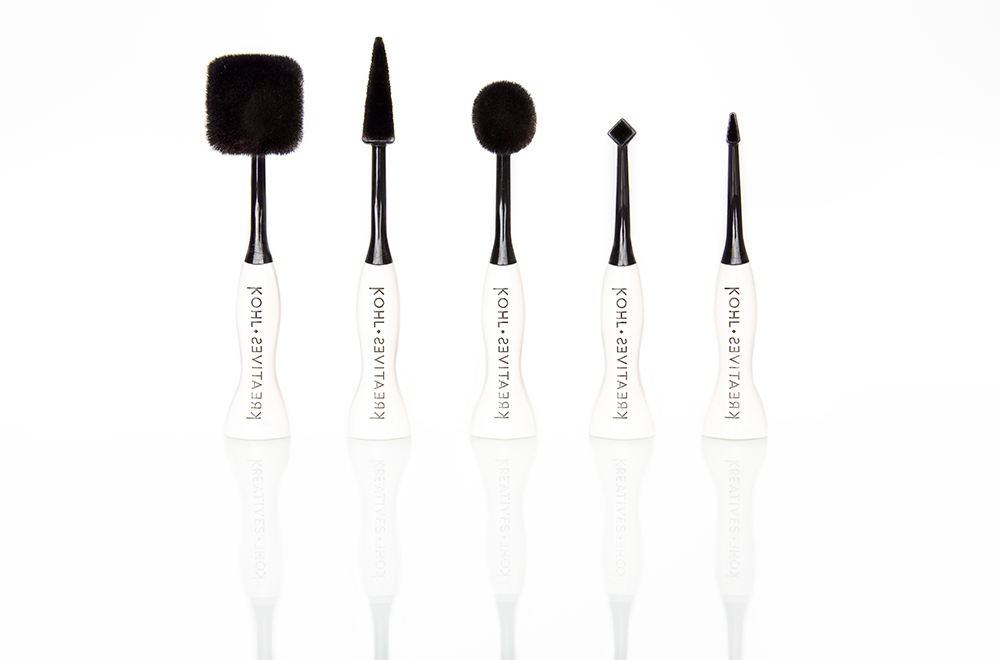Brands across the globe have been embracing inclusivity and focussing more on the needs of people with disability. And this is a huge, untapped market. An estimated 15 per cent of the world’s population has a disability and in the US there are 61 million people with disabilities, which represents an estimated US$6 trillion in spending power. As populations age these numbers are forecast to rise.
In the realm of fashion, changes are afoot with models with disability gracing the catwalks at Fashion Week events from New York to London this year. Fashion retailer ASOS launched wheelchair-friendly clothes last year while Tommy Hilfiger Adaptive has incorporated features such as adjustable hems, magnetic buttons, easy-open necklines and Velcro closures into its high-end fashion to make access easier.
Now the beauty sector is catching up with cosmetics and other personal products designed for people with disability becoming big news. US giant Procter & Gamble, sparked by its employee Sumaira Latif, who is blind and now its consultant for inclusive design, developed Herbal Essences bottles that make it easier for vision impaired people to distinguish between shampoo and conditioner through the sense of touch.
Small companies are jumping on board too. Last year, British start-up and non-profit Kohl Kreatives launched its Flex Collection, a set of multipurpose makeup brushes tailored for consumers who have difficulty applying make-up, such as people with tremors. The easy-to-grip brushes, which help to smooth out any mistakes made due to unsteady application, are the first of their kind to cater to individuals with motor disabilities.
With a growing number of brands working towards making their products accessible to everyone, there is much to look forward to.
The Flex Collection is priced at £45.99 for the set of five brushes or they can be purchased individually from Khol Kreatives.
Subscribe to the F2L newsletter
Join over 7,500 subscribers for the latest news, products, services and technologies for the disability and rehabilitation sectors. Subscribe here.

